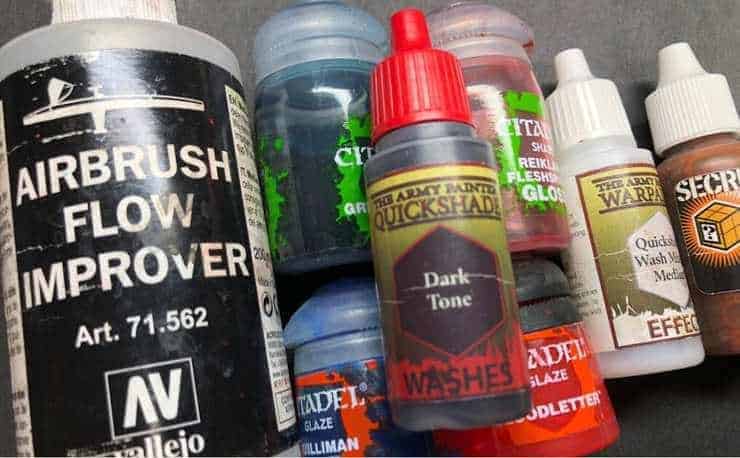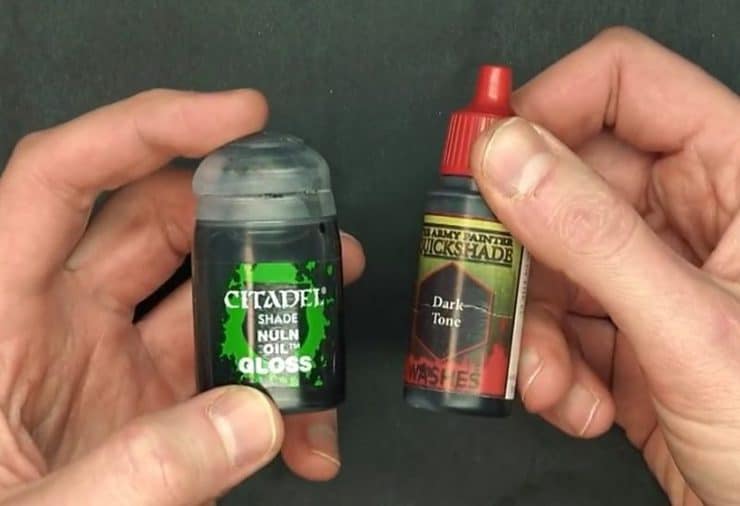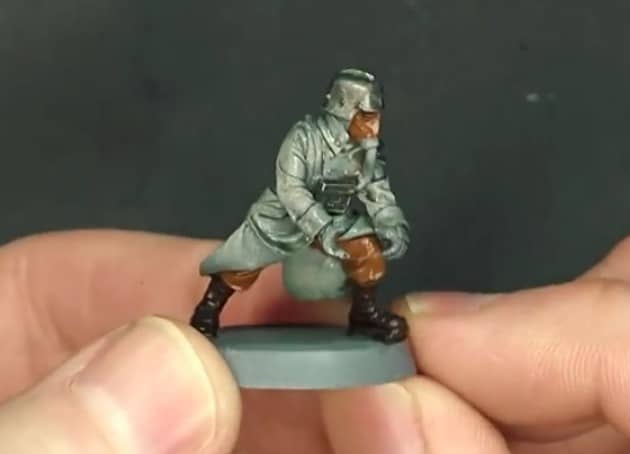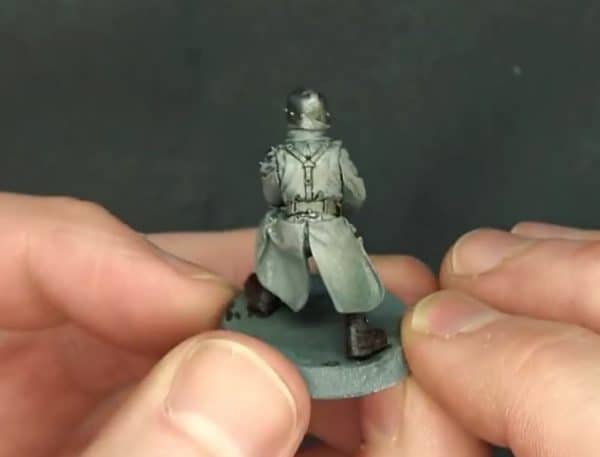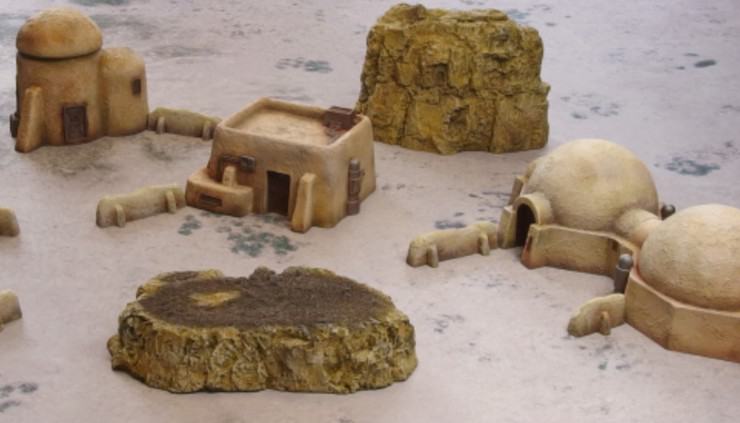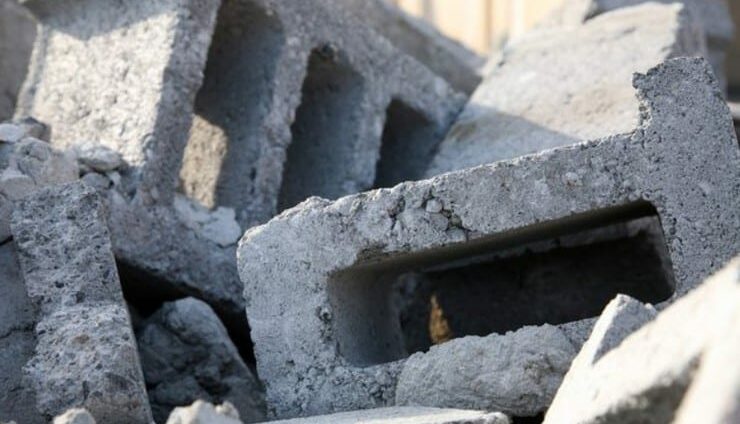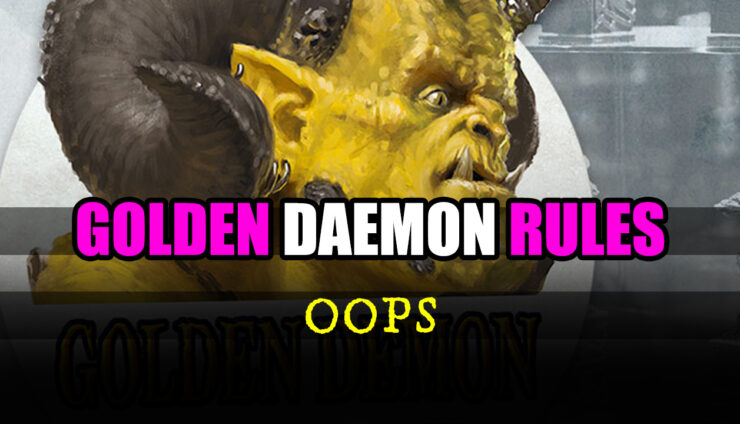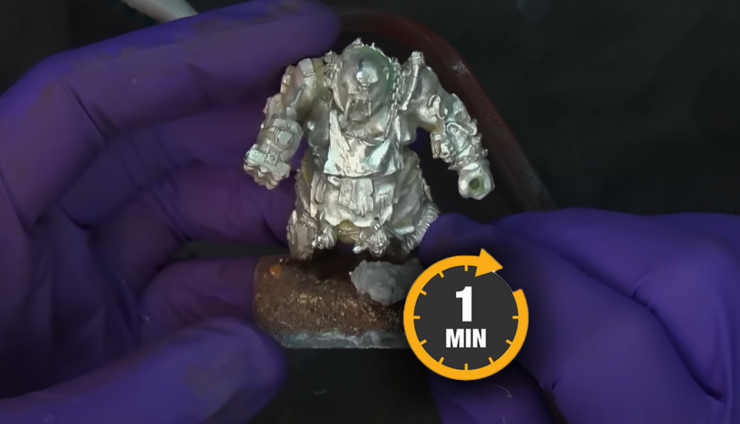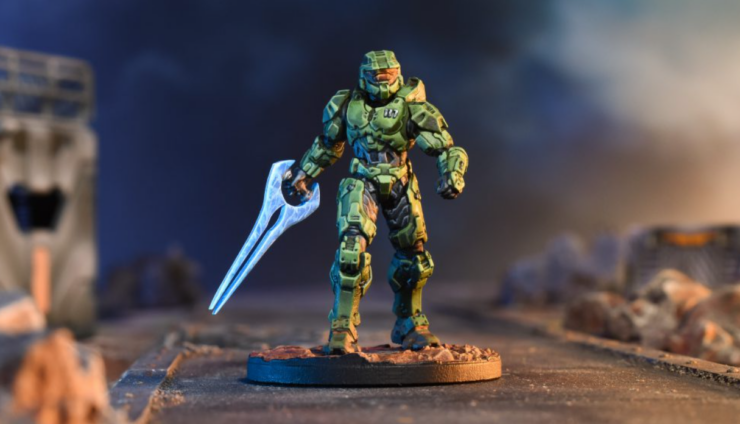We go over the major washes brands out there, and show you the 4 steps to actually making washes and glazes work for you.
Looking to add contrast to your models but not sure how to effectively do so, while saving time? Take a look at this quick overview of washes and how to utilize them for just about any project.
Washes can do a lot of work for you if you apply them properly. They can add shade, add a filter, tint colors, and more.
Washes & Glazes
Citadel Washes, such as Nuln Oil, and Army Painter Quickshade Washes are some of the best washes currently on the market. Some Citadel washes come in gloss and non-gloss, such as Nuln Oil and Agrax Earthshade. These washes are fantastic, but if you brush it all over straight from the pot without cutting it or varnishing first, the model will get “coffee-stained”.
To use the non-gloss Citadel, one way to get the best effect is to apply either a Gloss or Semi-Gloss lacquer coat, such as from Model Master or apply via airbrush with Vallejo Gloss Varnish. The Gloss washes can be used directly from the pot or thinned down with Flow Improver.
After applying the gloss coat, you can take the wash and apply it over the model. The varnish will cause the wash to flow directly to the cracks and prevent pooling on flat surfaces. You also want to remove pooling wash by pulling it away via paintbrush.
Army Painter Quickshade Washes can also be used directly from the pot or can be cut with the Quickshade Mixing Medium or Flow Improver.
Get your miniature to the point where it is completely base coated. Mix the Gloss Wash from Citadel with the ratio one part wash to three parts Flow Improver. If you are using the non-gloss version of the wash, add a little more Flow Improver.
Apply to the miniature from top to bottom, letting gravity help pull the wash into the crevices. Once the wash is applied, be sure to check for pooling and pull excess wash away so it does not stain.
When washing in this fashion, it is easier to do multiple miniatures at the same time, which saves time while the washes are drying.
Once dry, the wash has visibly shaded all the base colors and added contrast into the crevices. The next step is to pick out details with another wash, such as Agrax Earthshade or Nuln Oil, depending on the color of the detail and effect you are going for. To create an aged metal effect, Agrax Earthshade gives a great effect.
Thinning down the wash turns it into a glaze. If it is thinned down more, it becomes a filter that tints the underlying color. Washes are great tools to help create contrast and shade in a relatively short amount of time.
This is especially useful with armies that have a lot of units. Each layer of wash needs to dry completely before the next one is added, though, or the paint may peel up.
For the entire process, be sure to press play on the video below!
